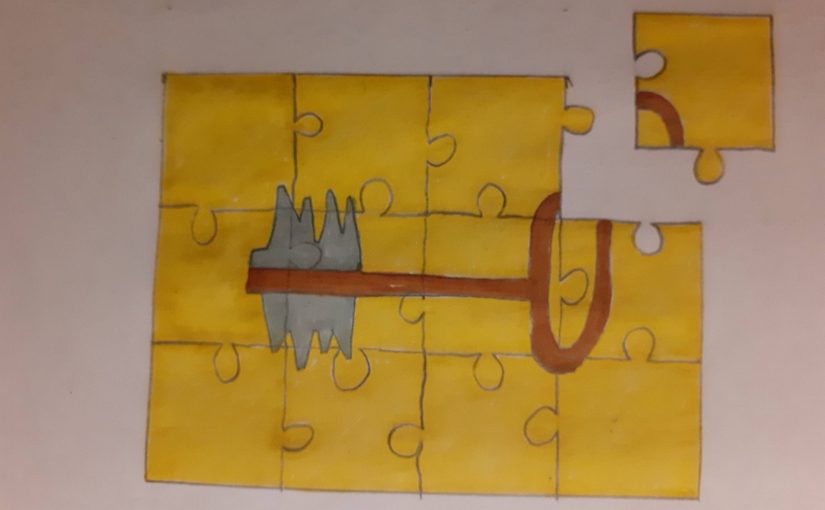In January 2009, Bitcoin was released into the world by its pseudonymous founder, Satoshi Nakamoto. In the ensuing years, this cryptocurrency and its underlying technology, called the blockchain, have gone on a rollercoaster ride that few could have predicted at the time of its deployment. It’s been praised by governments around the world, and people have predicted that “the blockchain” will one day be like “the Internet.” It’s been banned by governments around the world, and people have declared it “adrift” and “dead.”
After years in which discussions focused entirely on Bitcoin, people began to realize the more abstract potential of the blockchain, and “next-generation” platforms such as Ethereum, Steem, and Zcash were launched. More established companies also realized the value in the more abstract properties of the blockchain — resilience, integrity, etc. — and repurposed it for their particular industries to create an even wider class of technologies called distributed ledgers, and to form industrial consortia such as R3 and Hyperledger. These more general distributed ledgers can look, to varying degrees, quite unlike blockchains, and have a somewhat clearer (or at least different) path to adoption given their association with established partners in industry.
Amidst many unknowns, what is increasingly clear is that, even if they might not end up quite like “the Internet,” distributed ledgers — in one form or another — are here to stay. Nevertheless, a long path remains from where we are now to widespread adoption and there are many important decisions to be made that will affect the security and usability of any final product. In what follows, we present the top ten obstacles along this path, and highlight in some cases both the problem and what we as a community can do (and have been doing) to address them. By necessity, many interesting aspects of distributed ledgers, both in terms of problems and solutions, have been omitted, and the focus is largely technical in nature.
10. Usability: why use distributed ledgers?
The problem, in short. What do end users actually want from distributed ledgers, if anything? In other words, distributed ledgers are being discussed as the solution to problems in many industries, but what is it that the full public verifiability (or accountability, immutability, etc.) of distributed ledgers really maps to in terms of what end users want?
9. Governance: who makes the rules?
The problem, in short. The beauty of distributed ledgers is that no one entity gets to control the decisions made by the network; in Bitcoin, e.g., coins are generated or transferred from one party to another only if a majority of the peers in the network agree on the validity of this action. While this process becomes threatened if any one peer becomes too powerful, there is a larger question looming over the operation of these decentralized networks: who gets to decide which actions are valid in the first place? The truth is that all these networks operate according to a defined set of rules, and that “who makes the rules matters at least as much as who enforces them.”
In this process of making the rules, even the most decentralized networks turn out to be heavily centralized, as recent issues in cryptocurrency governance demonstrate. These increasingly common collapses threaten to harm the value of these cryptocurrencies, and reveal the issues associated with ad-hoc forms of governance. Thus, the problem is not just that we don’t know how to govern these technologies, but that — somewhat ironically — we need more transparency around how these structures operate and who is responsible for which aspects of governance.
8. Meaningful comparisons: which is better?
The problem. Bitcoin was the first cryptocurrency to be based on the architecture we now refer to as the blockchain, but it certainly isn’t the last; there are now thousands of alternative cryptocurrencies out there, each with its own unique selling point. Ethereum offers a more expressive scripting language and maintains state, Litecoin allows for faster block creation than Bitcoin, and each new ICO (Initial Coin Offering) promises a shiny feature of its own. Looking beyond blockchains, there are numerous proposals for cryptocurrencies based on consensus protocols other than proof-of-work and proposals in non-currency-related settings, such as Certificate Transparency, R3 Corda, and Hyperledger Fabric, that still fit under the broad umbrella of distributed ledgers.
Continue reading Top ten obstacles along distributed ledgers’ path to adoption
